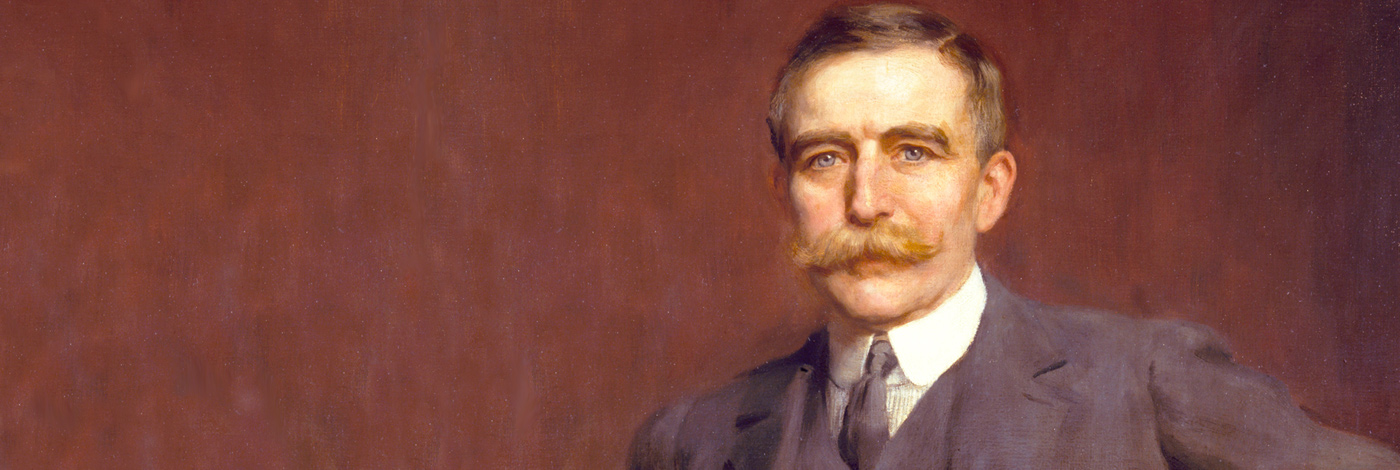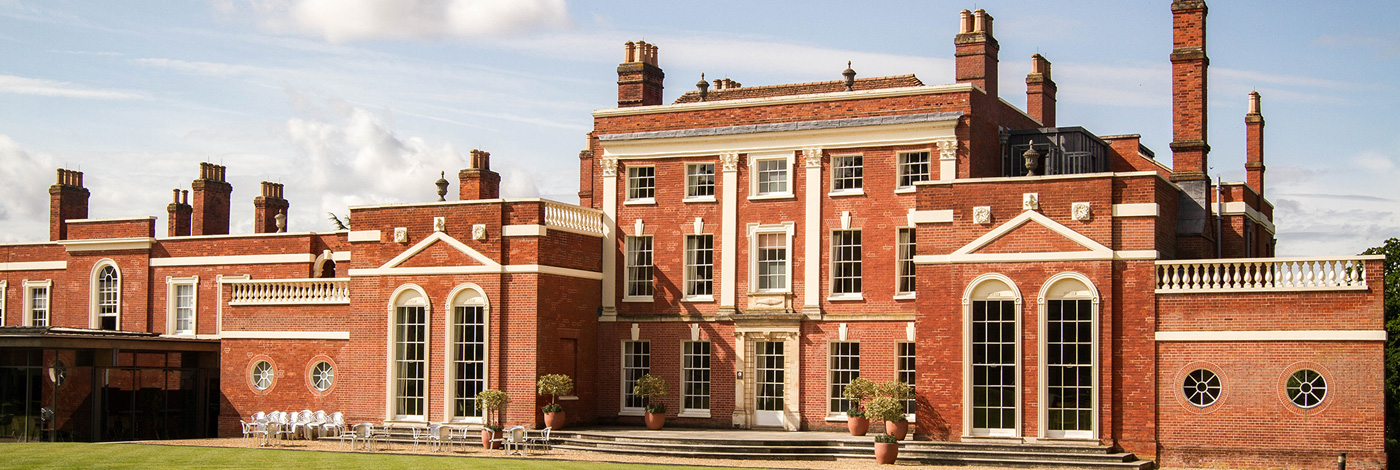Opening of the Campus in 1994
At the time of its official opening by the Princess Royal in 1994, the Wellcome Genome Campus was already home to the Wellcome Sanger Institute (then called the Sanger Centre), the Medical Research Council’s Human Genome Mapping Project Resource Centre, the European Molecular Biology Laboratory’s European Bioinformatics Institute (EMBL-EBI).
Wellcome funded the establishment of the Sanger Centre in 1993 and chose Hinxton as the home for its new genome research institute. Shortly after, EMBL-EBI located on the same site, and the two institutes formed a natural fit, consolidating expertise, facilities and knowledge in one place and enabling both to contribute a major role in the Human Genome Project – a global collaboration to sequence the first ‘reference’ human genome.
One third of the human genome was sequenced for the first time at the Wellcome Trust Sanger Institute, and the precious data was stored and shared through EMBL-EBI. This was the largest single contribution of any centre to the Human Genome Project, making the Campus and its collaborations uniquely important in the history of genomics.
Since the announcement of the completion of the draft human genome in 2000, and final completion in 2003, rapid progress in sequencing technology has enabled new and exciting areas of Science to be opened up for exploration. At its opening in 1994, the Campus housed approximately 400 employees. This has grown to over 2,600 people employed at the Wellcome Genome Campus today, making the Campus a densely concentrated and globally significant cluster for biodata and genomics expertise.
Genome Research Limited
The Wellcome Genome Campus site is owned by Genome Research Limited (GRL), established in 1992 as a wholly owned subsidiary of Wellcome. It is under the auspices of GRL that the Campus has grown to include several internationally-recognised research-based, learning and engagement, and commercial organisations, such as Connecting Science and the BioData Innovation Centre.
Before 1993
The first recorded owner of the estate, in 1506, was the college of Michaelhouse in Cambridge but it wasn’t until the early eighteenth century that the first building – a modest hunting and fishing lodge – was erected by Captain Joseph Richardson of Horseheath. It became a gentleman’s retreat with well-stocked trout ponds and fields full of partridge.
The current Hall was built by John Bromwell Jones in 1748 and remains today as the central three-storey block on the Campus. Opposite the house were stables, a kitchen garden and an orchard, all of which still exist, albeit in altered form.
By 1800 ownership of the Hall and estate had passed to the Green family, who remained until 1920, when the Hall was sold to the Robinsons. During the Second World War, the Hall was used for billeting American soldiers, stationed at the local airbase at Duxford.
In 1953 the Hall and grounds were sold to Tube Investments Plc for use as research laboratories, which closed in the late 1980s. The site remained under their ownership until it was sold to Genome Research Limited in 1992.

Wellcome - our founder and major funder
The Campus is part of the Wellcome Trust, a global charitable foundation that exists to improve health for everyone by helping great ideas to thrive.
Learn more